What is the condition of the Indian Muslims at the dawn of the twenty first century? What is the demographic profile of the community? What is the percentage of its population in agriculture, industry and the tertiary sector? How do Muslims fare at the national level? Does the Muslim economic condition differ from state to state, given the regional imbalances in the country resulting from unequal development? How does Muslim economic condition in the early twenty first century compare with the recent and distant past? To what extent can the political changes account for these variations? How does the economic profile of the Muslims compare with the majority Hindus, Dalits, and minorities like Christians, Sikhs and Parsis? Historians, politicians, journalists and others agree that Muslims in general lag behind other communities. Does Islam, or Islam as interpreted and lived, have anything to do with it? What is the role of the state in this matter? What is the record of the post-independence central and state governments. The author tries to answer some of these questions. He argues that understanding these issues is not only a matter of academic enquiry, but also necessary for taking appropriate corrective measures by the community leadership as well as by the state.
Khaki and Ethnic Violence in India: Armed Forces, Police and Paramilitary During Communal Riots
Indias military, ...
$17.10
$19.00

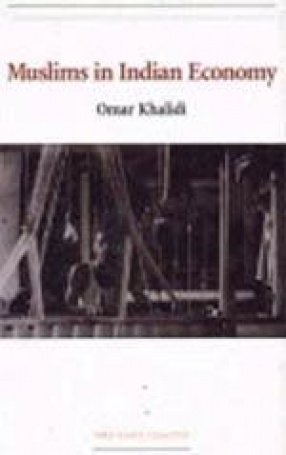
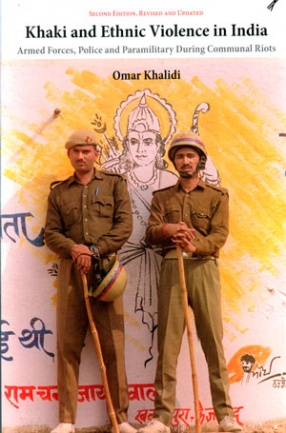
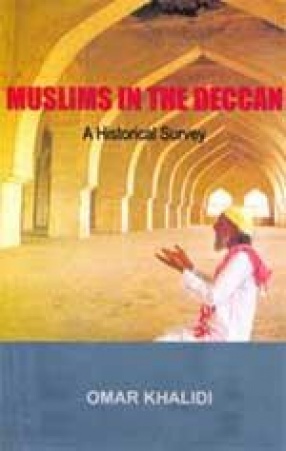
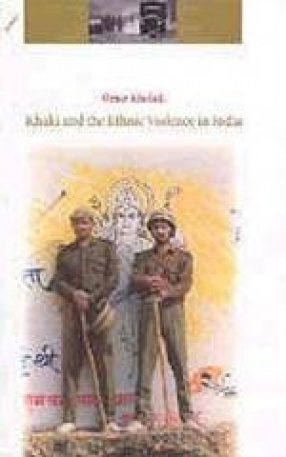
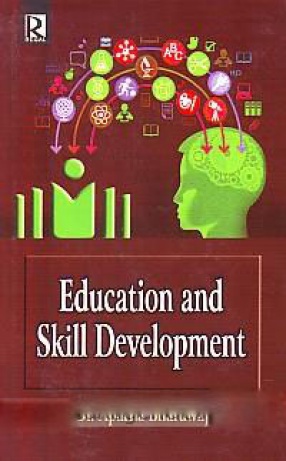

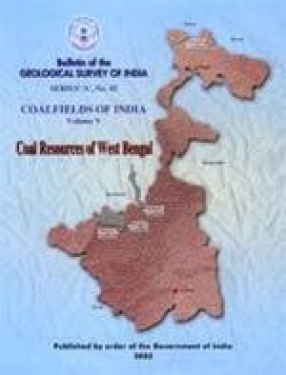
There are no reviews yet.